The resignation of former Syrian President Bashar Assad and the transfer of power to the rebels came after more than a decade of civil war that devastated Syria.
Since Bashar Assad's father, former Syrian President Hafez Assad, came to power in 1971, the Middle Eastern country's political structure has been dominated by three main pillars: the Ba'ath Party, the Alawite sect, and the Syrian army, which have formed the foundation of the Assad regime and its ruling elite.
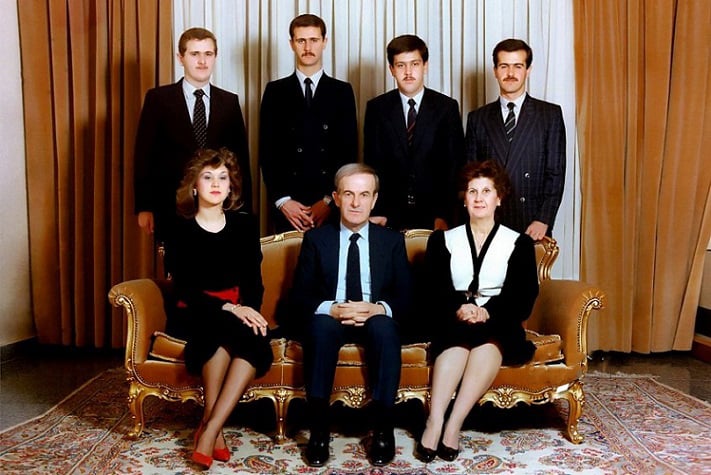
Late Syrian President Hafez al-Assad and his wife (front row) with their children. (Photo: al-Arabiya).
The Rise of the Assad Family
In the early 1970s, Hafez Assad, a young air force officer, was credited with helping Syria escape the turmoil of constant political upheaval after World War II. However, as a member of the Alawite minority in a country where 74% of the population is Sunni Muslim, President Hafez maintained power by exploiting ideological differences between Syria's religious and ethnic groups.
The power imbalance between the Alawites and the Sunni majority and other major ethnic groups such as Christians, Druze and Kurds has created deep divisions in Syrian society, forcing President Hafez to respond with harsh measures.
Mr Hafez has also been controversial for his crackdown on dissent with a network of detention camps across the country.
Hafez's approach has partly helped Syria become a unified state regardless of ethnic differences in interests. As a result, President Assad's regime has faced continuous political instability since he came to power.
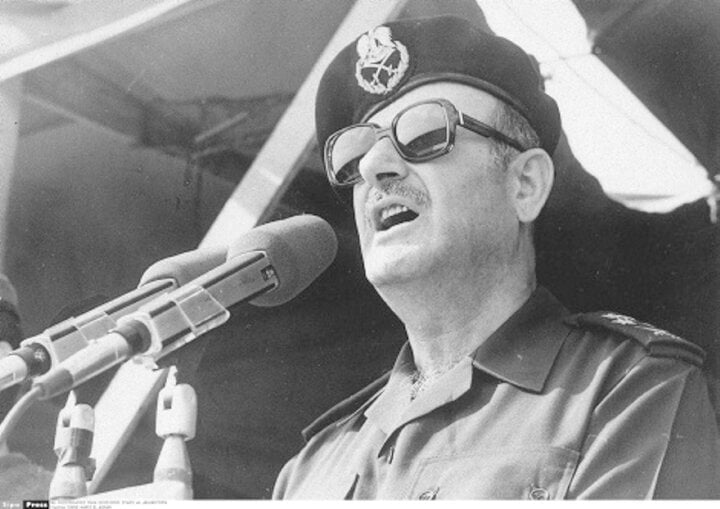
Hafez Assad was instrumental in stabilizing Syria in the early 1970s after decades of unrest. (Photo: Syriahr)
One of the most notable events under Hafez's administration was the Syrian army's defeat of a resistance movement led by Islamist movements in the city of Hama in 1982. As a result, tens of thousands of people were killed in fighting between the two sides.
The Assad family patriarch also sought to project power across the region, making the country a formidable force in the Middle East. Under Hafez, the Syrian army joined Egypt in waging war against Israel in 1973 and intervened in the civil war in Lebanon, occupying parts of the country.
In 2000, with the death of Hafez Assad, Syria entered a new era with Bashar Assad taking power. And to help Assad sit in the presidential chair, the Syrian parliament even revised the constitution.
Assad's choice
Considered knowledgeable, bookish, socially awkward and trained as an eye surgeon, Bashar Assad became the reluctant successor to the Assad family after his brother Basil died in a car accident.
Various forces have vied to woo Mr. Assad after he became President of Syria at the age of 34. France even awarded Mr. Assad the Grand Croix in 2001.
Western countries initially believed that a leader who would adopt Western culture early would be a good development for Syria.
But Mr. Assad went the opposite way, building a relationship with Hezbollah leader Hassan Nasrallah, and creating an Iran-backed axis of resistance.
This may stem from the fact that implementing political and social reform plans requires breaking down the legacy of our ancestors.
Mr. Assad has ruled the country with a hard-line policy for the past 24 years, just as his father did for the previous 30 years.
In 2011, amid uprisings across the Middle East in the "Arab Spring" movement, young Syrians, frustrated by lack of jobs, joined protests against President Assad's regime.
Mr. Assad ordered security forces to crack down heavily, turning the non-violent street protests into a bloody civil war.
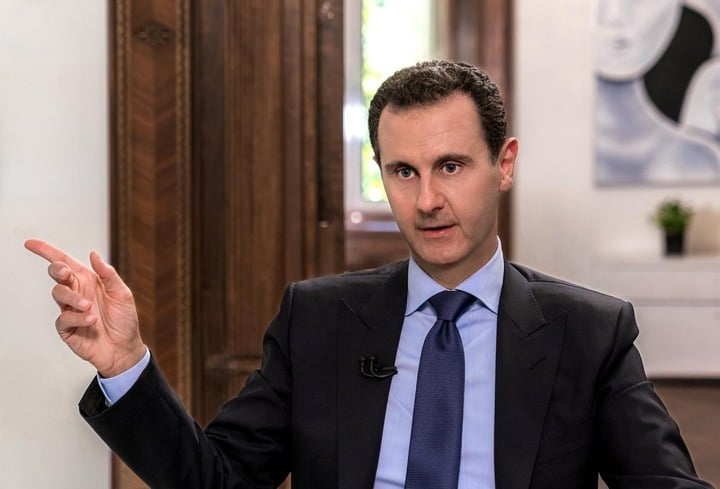
Instead of following the path of reform, Bashar Assad chose a hardline policy like his father. (Photo: Reuters)
The civil war lasted 14 years
Mr. Firas Maksad, a Syria expert and scholar at the Middle East Institute, said that Mr. Assad came to power amid doubts that he had the will to rule the country with an "iron fist" like his father did.
"He wants to prove that he is worthy of being Hafez's son. And in a way, Assad has surpassed his father," said Firas Maksad.
In 2015, when a rebellion led by Sunni Muslim militias appeared to be on the verge of overthrowing him, President Assad turned to Iran, Hezbollah and Russia for help. Russia’s intervention, backed by Iran and Hezbollah, helped the Syrian government turn the tide, pushing back the rebels and insurgents.
Mr Assad's ability to maintain power despite the civil war has led many to believe he will hold on until he is ready to pass the baton to his son.
The Assad family draws its power from the Alawite community, a minority group that is an offshoot of Shiite Islam. His supporters use the slogan "Assad or we will burn the country".
President Assad's position over the years has been steadily strengthened by a "close circle" of family members, such as his younger brother Maher, a hot-tempered military commander; his sister Bushra, who is known as the "Iron Lady"; and her husband, Asef Shawkat, a calculating intelligence official; and his wife Asma.
Maher Assad, 56, is a key figure in the Syrian military and allied with Iran, serving as commander of the Syrian Republican Guard and commander of the elite 4th Armored Division.
Mr Maher is described as the "hard face of the regime", responsible for overseeing the Shabiha militia, which protects the interests of the Assad regime.
Asma is Mr. Assad's wife, married in December 2000. She was born in 1975 in London to a Syrian diplomatic family, and has a degree in computer science and French literature from Imperial College London.
She played a key role in shaping her husband's image as a moderate reformer. In 2005, she founded an organization to encourage young Syrians to engage in "active citizenship."
Under the leadership of Assad and his family members, Syria enjoyed rapid economic growth before the civil war. However, since the civil war broke out in 2011, Syria's economy has stagnated and has been in steady decline.
Between 2010 and 2021, Syria's GDP fell by a total of 54%, with real GDP expected to fall another 1.5% this year, according to a report from the World Bank (WB).
As of 2022, poverty affected 69% of the population, or about 14.5 million people. The World Bank said extreme poverty, which was virtually non-existent before the civil war, affected more than 25% of Syria’s population in 2022 and could have worsened due to the impact of the February 2023 earthquake.
After more than 10 years of conflict, millions of people have fled Syria to neighboring countries, while some 500,000 people have died or gone missing.
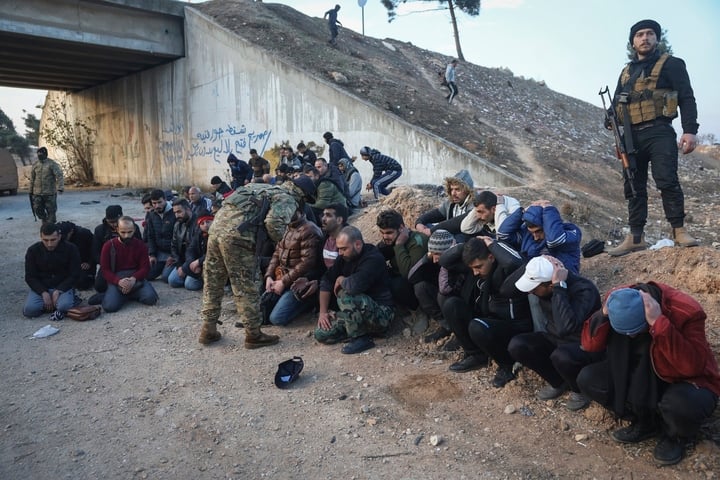
Government soldiers and their allies are taken prisoner by rebel fighters on a road between the city of Homs and the capital Damascus, Syria, on December 8. (Photo: AP)
The government army is also increasingly disintegrating, even as President Assad made a last-ditch effort to win their support by ordering a 50 percent pay rise last week.
His regime collapsed on December 8, just 11 days after the Islamist militant group Hayat Tahrir al-Sham (HTS) and its allies rose up in arms. As rebels advanced on Damascus from the north and south on the night of December 7, President Assad boarded a plane and fled the country, marking the collapse of the regime his family had built for more than half a century.
He made no public speeches in his final days in power and remained out of sight, except for photographs taken at meetings with Iran's foreign minister.
Rebel groups, which had lost to government forces, eventually overthrew the Assad regime. However, after more than a decade of fighting, Syria’s major cities are now in ruins and the population of men between the ages of 20 and 40 has been severely reduced.
Source: https://vtcnews.vn/gia-toc-al-assad-va-su-sup-do-sau-nua-the-ky-lanh-dao-syria-ar912659.html


![[Photo] Nhan Dan Newspaper announces the project "Love Vietnam so much"](https://vstatic.vietnam.vn/vietnam/resource/IMAGE/2025/4/17/362f882012d3432783fc92fab1b3e980)
![[Photo] Closing of the 4th Summit of the Partnership for Green Growth and the Global Goals](https://vstatic.vietnam.vn/vietnam/resource/IMAGE/2025/4/17/c0a0df9852c84e58be0a8b939189c85a)
![[Photo] National Assembly Chairman Tran Thanh Man meets with outstanding workers in the oil and gas industry](https://vstatic.vietnam.vn/vietnam/resource/IMAGE/2025/4/17/1d0de4026b75434ab34279624db7ee4a)

![[Photo] Promoting friendship, solidarity and cooperation between the armies and people of the two countries](https://vstatic.vietnam.vn/vietnam/resource/IMAGE/2025/4/17/0c4d087864f14092aed77252590b6bae)
![[Photo] General Secretary To Lam receives French Ambassador to Vietnam Olivier Brochet](https://vstatic.vietnam.vn/vietnam/resource/IMAGE/2025/4/17/49224f0f12e84b66a73b17eb251f7278)





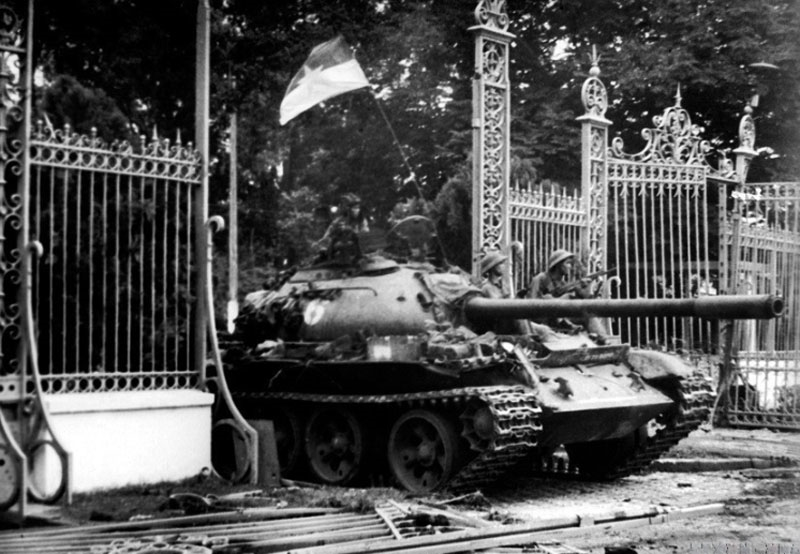

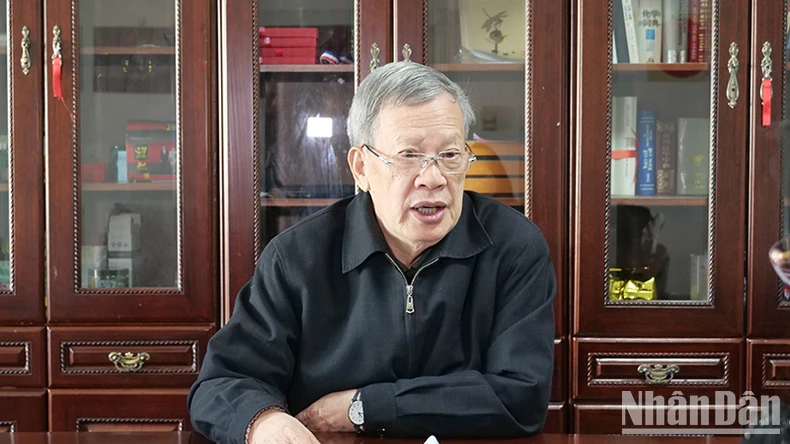

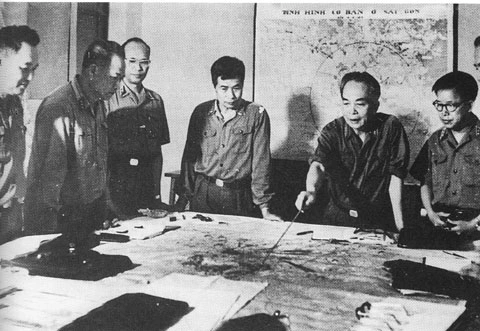










![[Photo] Welcoming ceremony for Chinese Defense Minister and delegation for friendship exchange](https://vstatic.vietnam.vn/vietnam/resource/IMAGE/2025/4/17/fadd533046594e5cacbb28de4c4d5655)




















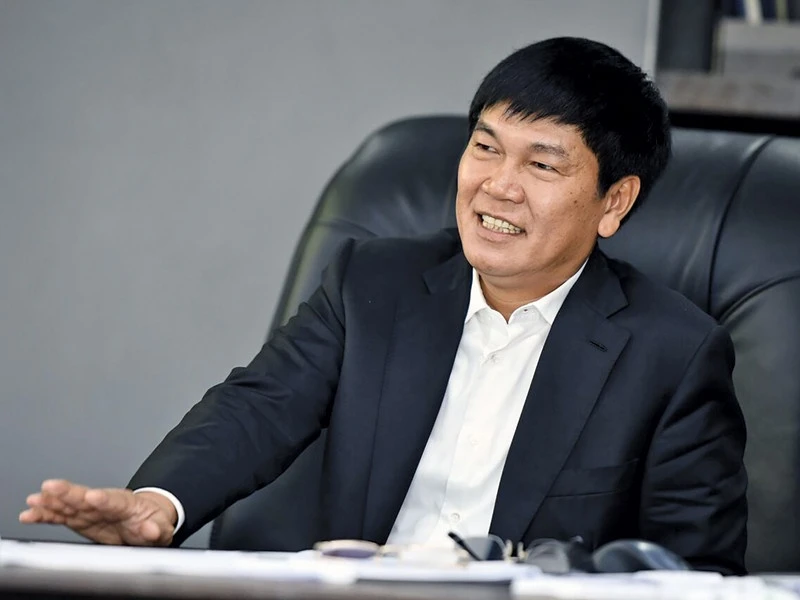



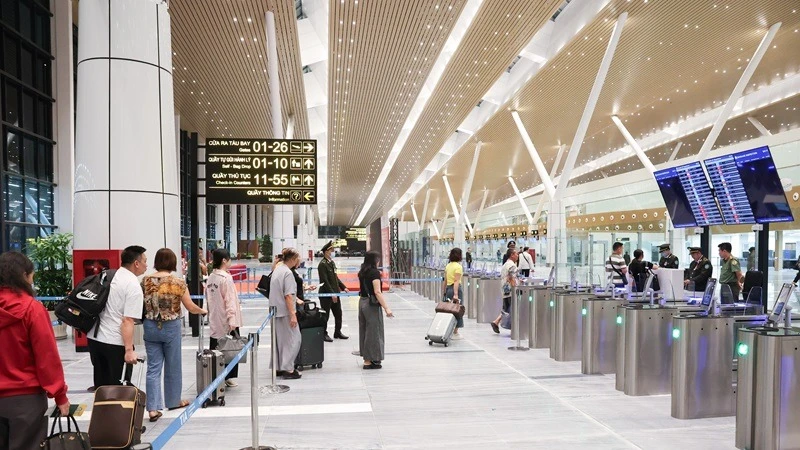



![[Video] Viettel officially puts into operation the largest submarine optical cable line in Vietnam](https://vstatic.vietnam.vn/vietnam/resource/IMAGE/2025/4/17/f19008c6010c4a538cc422cb791ca0a1)

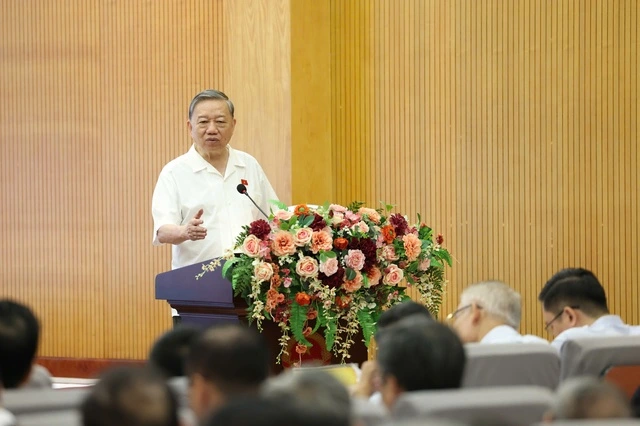



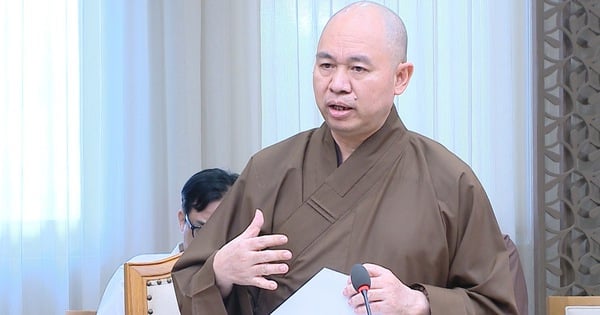
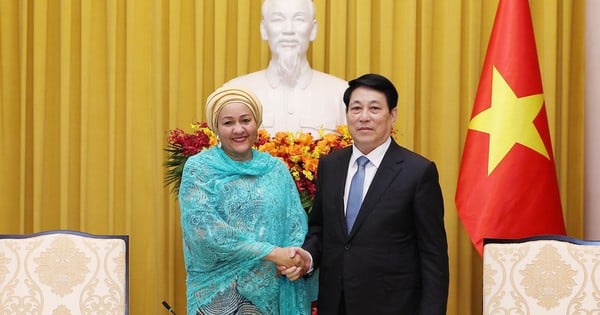










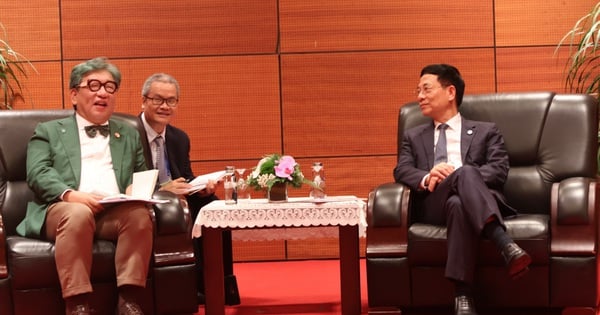


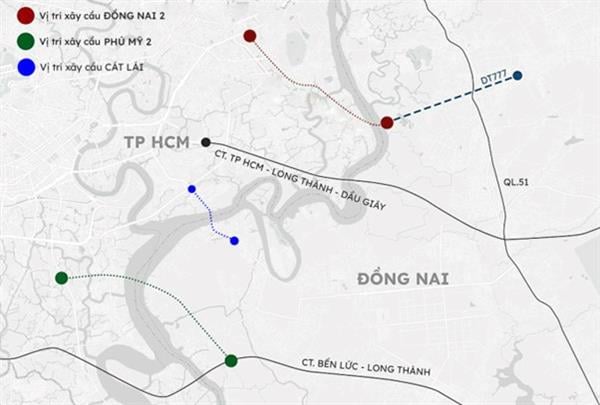




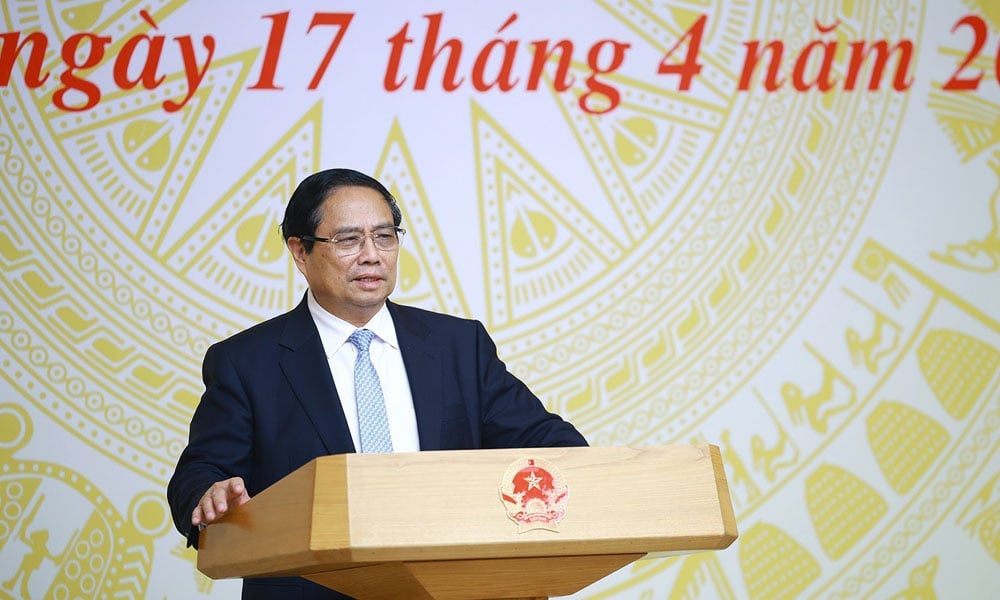













Comment (0)